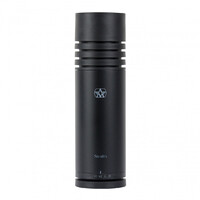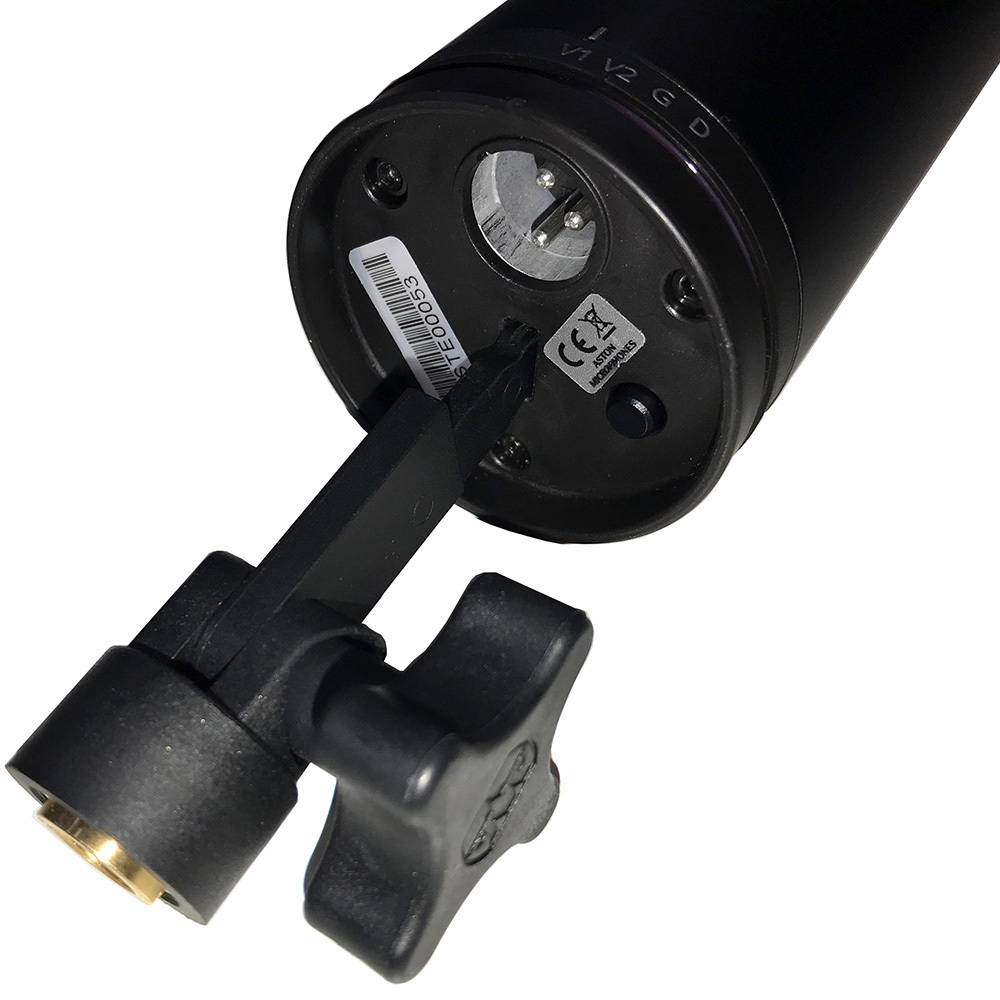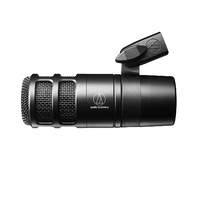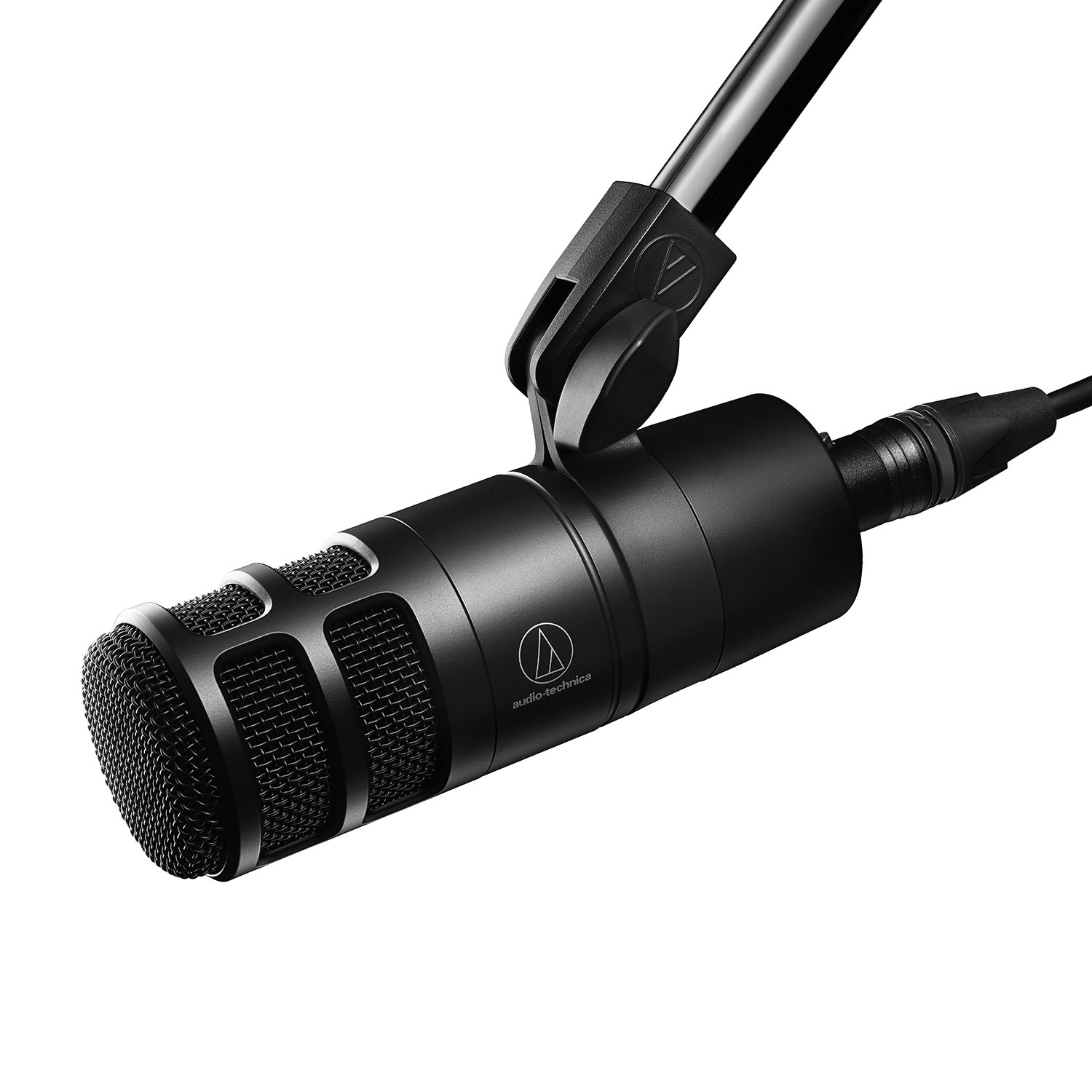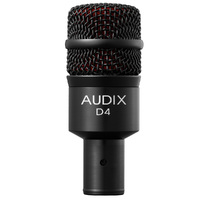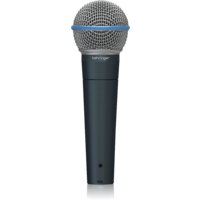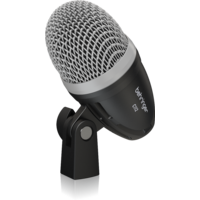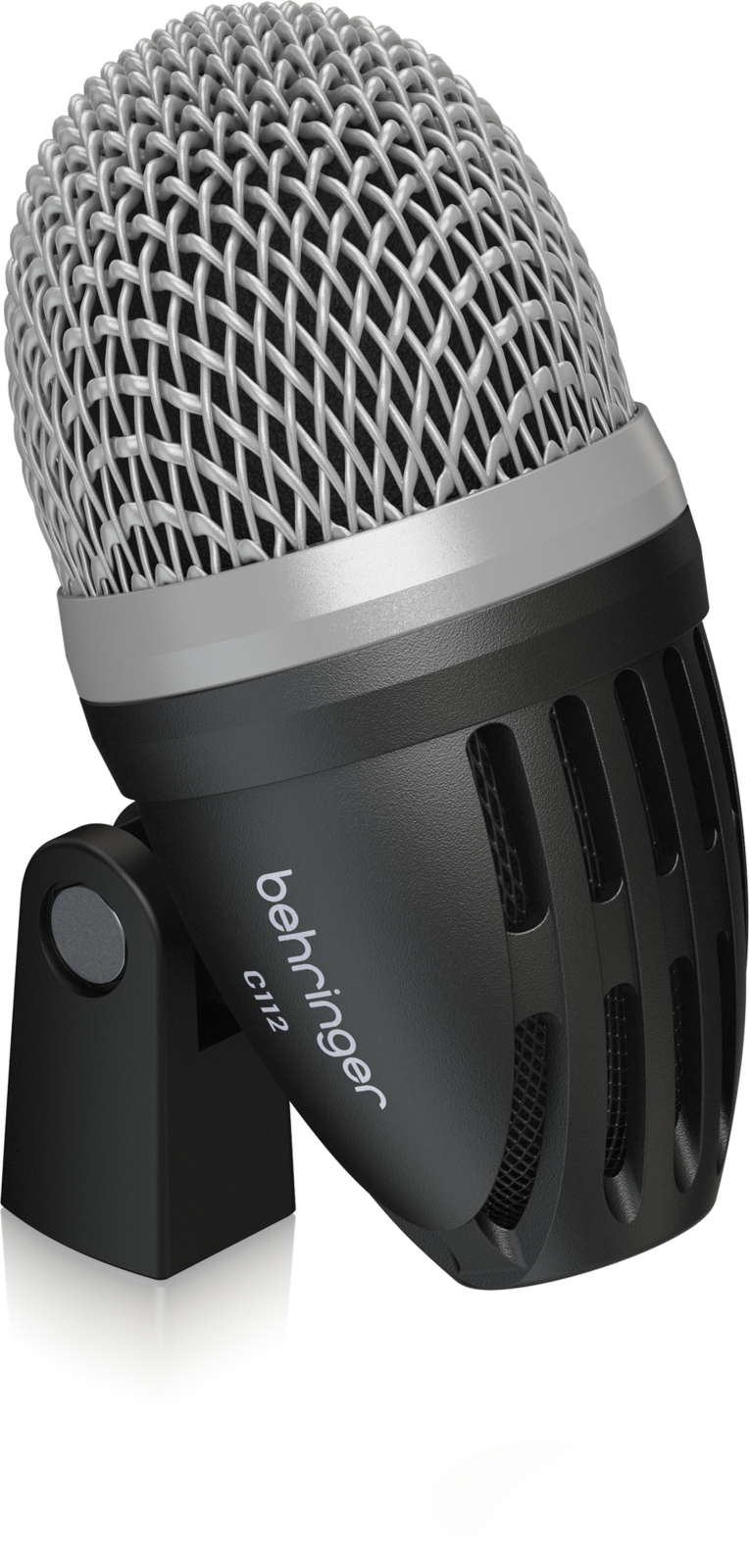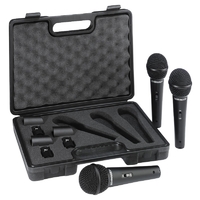Lewitt Audio LCT 640 TS
Multi-Pattern Studio Microphone
- 1" multi-pattern studio microphone
- Full, crisp, and well-balanced sound
- Revolutionary Dual Output Mode
- POLARIZER plugin to create any pattern after the fact
- Stereo capabilities
Included: Shock mount, Magnetic pop filter, Windscreen, TS adapter cable, Transport bag
Next-gen multipattern microphone.
The LCT 640 TS works as a traditional multi-pattern microphone, a stereo microphone, and a mic that can change the polar pattern after the fact with its Dual Output Mode. The 1" true condenser capsule and high-end specifications guarantee precise recordings.
Whatever you record with the LCT 640 TS will sound incredibly detailed. Your vocals sound larger-than-life, your instruments full and vibrant.
What's the Dual Output Mode?
It changes the way we think about the recording process. To give you more freedom, the LCT 640 TS features a Dual Output Mode. Engage it, and you'll send the front and the back of the capsule's diaphragm to two individual outputs.
This allows for stereo recording and changing the polar pattern after the fact.
Do this in your DAW with our POLARIZER plugin. Sounds complicated? It isn’t!
You can adjust the polar pattern after the fact.
You can conveniently change and fine-tune your material recorded via Dual Output Mode.
We created a plugin, called the POLARIZER. It allows to set the polar pattern dynamically.
Now you can add or subtract room sound in post-production during mixing. By automating the POLARIZER, you can even create unique mixes and effects.
Perfectly-in-phase stereo recording, with a single mic.
You can use a single LCT 640 TS to record in stereo by switching to Dual Output Mode.
Just point the mic sideways to the source and adapt the stereo width in the mix.
For more information, click here to visit the manufacturers website.

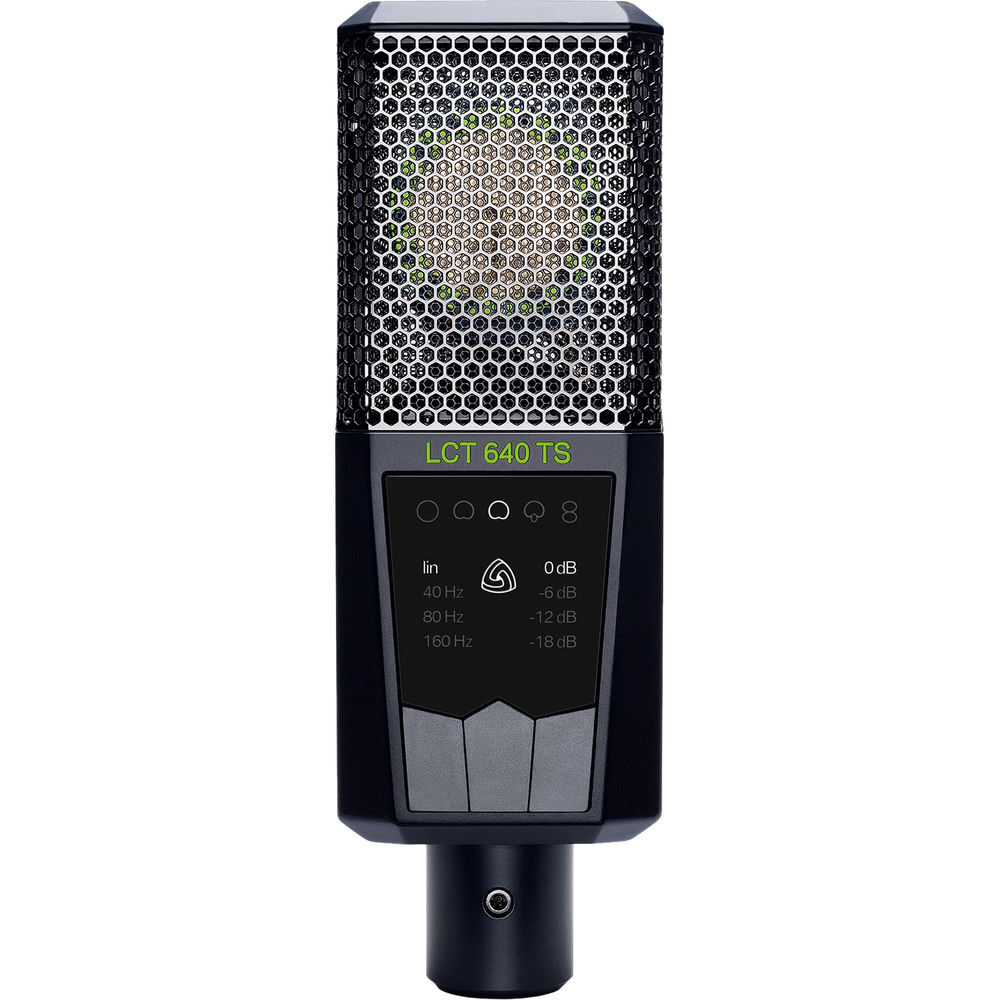




 More info
More info
